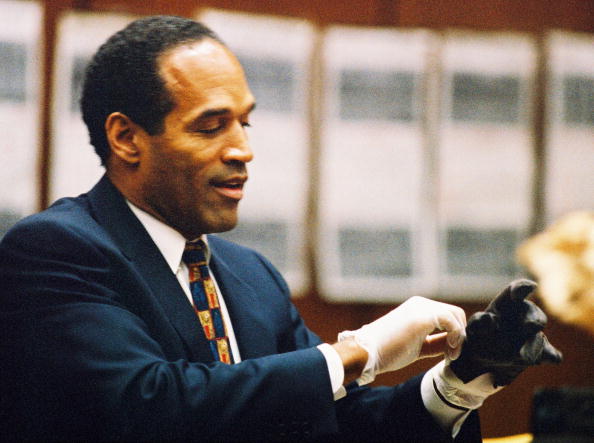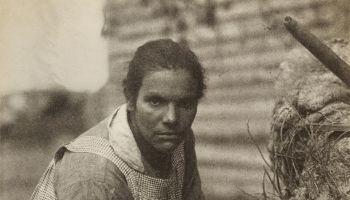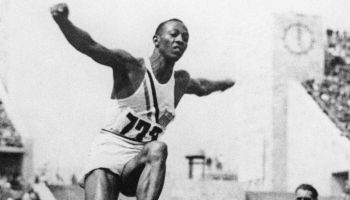In an era when America traveled by train, one of the best jobs an African-American man could land was working as a Pullman porter. It also was one of the worst.
The hours were grueling — 16 hours a day, seven days a week. The pay was poor and the work menial at best. Porters cleaned toilets, made beds and satisfied the whims of passengers who sometimes called them “boy” or worse.
Still, Pullman porters saw the country, met famous people and supported families.
On Tuesday, Amtrak honored the legacy of Pullman porters, who formed the first black labor union in the country in 1925.
“It was a wonderful life,” recalled 98-year-old Lee Gibson, who traveled from Los Angeles to join four other members of The Brotherhood of Sleeping Car Porters. The group bashfully accepted awards at the Oakland Amtrak station, thanked their proud families and shared memories.
Similar gatherings were held in Chicago and Washington last year.
The porters were named for the sleeping-car trains invented by Chicago industrialist George Pullman. The first Pullman porters, hired after the Civil War, were former slaves.
Their ranks swelled until they reached 20,000 in the early part of the 20th century, making them the largest group of African-American men employed in the country.
The Pullman porter faded into history in the 1970s.
“They stopped using ‘porter’ when Amtrak took over the trains in 1971,” said Troy Walker, 90, of Seattle. “The white people they hired didn’t want to be called ‘porter’ and they didn’t want to wear the uniform.”
Standard uniform was a starched white jacket, black tie and visor cap. Walker fondly recalled donning the uniform and serving what he called the finest meals on some of the finest trains in the world during his 30 years on the Pullmans.
The oldest living porter is 107, the youngest 70, said Lyn Hughes, founder of the A. Philip Randolph Pullman Porter Museum in Chicago. Randolph was a New York pamphleteer and civil rights leader who organized the porters’ labor union.
“They are a very interesting piece of history that has been mostly forgotten,” she said. “And my hope is that what we’re doing introduces this history to other generations and makes them understand the significance of what these men did.”
Hughes created a National Historic Registry of Pullman Porters in 2000 and was able to track down 7,000 former porters. “They all say the same thing,” she said. “‘We didn’t think we were doing anything special.'”
James Smith started working on the train in 1943. “I’m one of the babies here,” he said, “I’m only 83.” The retired Simi Valley engineer recalled serving Negro League ballplayers, heavyweight boxing champion Jack Dempsey and Hollywood starlets.
Thomas Henry Gray, 71, remembered working summers on the train as a college student before becoming an engineer for Boeing Co. in Seattle. He recalled waving to his father, also a Pullman porter, and grandfather, a brakeman, as their trains passed one another across the Northwest and Southwest.
















